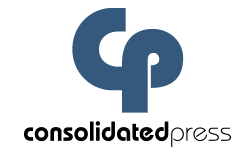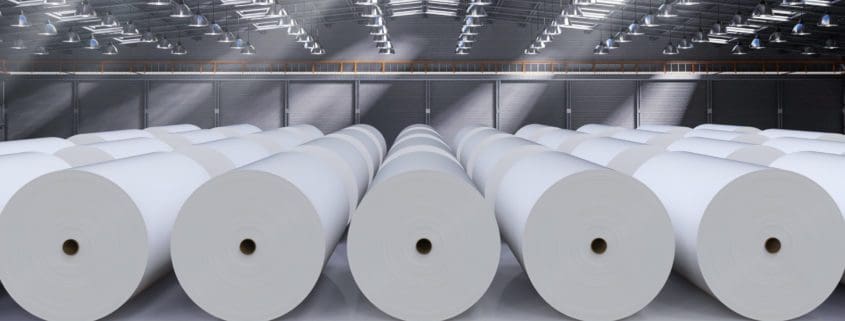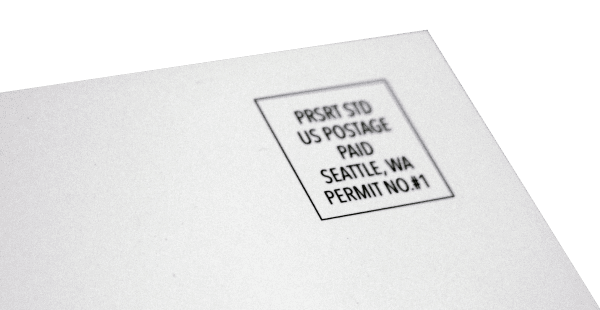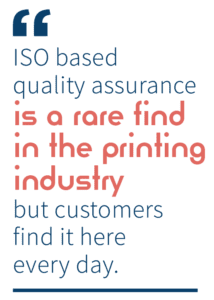Direct Mail and Catalogs Give You a Purchasing Advantage
In this most digital of the digital ages, a catalog that shows up in your customer’s mailbox still delivers. While so many aspects of people’s lives moved online – from Zoom meetings to telehealth doctor appointments – putting a printed piece into consumers’ hands remains a reliable way to build brand loyalty and drive sales.
Eyes on the Prize
Consumers spend more time with direct mail pieces than online ads or email marketing. On average, advertising mail is part of a household for 17 days. Up to 90% of mail gets opened, as opposed to only 20-30% of emails. Every generation reports being a fan of physical mail: looking forward to receiving it, taking the time to read through it, and preferring to engage with it instead of marketing emails.
The tangible nature of direct mail evokes positive feelings in recipients, creating memories and connections. Catalogs, in particular, are accessible in many settings and at almost any time, allowing consumers to browse and shop at their convenience. The way catalogs enable companies to incorporate content, telling a story while featuring products, has a lot of appeal for consumers.
Most companies use a multi-page marketing publication to introduce consumers to new products and feature a select number of items rather than everything “on the shelves.” In addition, when catalogs and brochures are used to present seasonal offerings, customers look forward to what is next from the company.
Options to Shop
The high visibility format of a print catalog invites people to browse while also giving them various ways to make a purchase. These page-turning engagements have proven over and over again to drive sales. Catalogs are most successful when used as a launching pad to omnichannel marketing. They inspire people to use their phones to purchase more than social media ads do.
- 72% of people surveyed said catalogs make them more interested in a retailer’s product
- 84% have made a purchase after seeing an item in a catalog
- 60% of catalog recipients visit the website associated with the catalog they receive
- Direct mail recipients spent 28% more money online or in-store than people who didn’t receive direct mail
Combining catalogs with direct mail postcards is another way to boost browsing and shopping engagement. A postcard with a promotion reminds customers that they were interested in an item, and now they can save by using a special offer.
Easy-to-track results
Deliverables such as ROI and attribution are easy to track by using catalogs as well. Leveraging industry databases allows companies to segment customers by buyer behavior, product or service niche, and vertical, getting the right product details into the buyer’s hands. Catalogs can be tracked by mail date, customer codes, and source codes to accurately attribute sales. Companies can also use information from digital apps to track how specific catalogs are performing.
Supporting Sustainability
Before decrying the potential environmental impact of printing catalogs, know that the print and paper industries have a long history of developing and employing many eco-friendly practices. Sustainable systems are much more in demand now. Vegetable- and soy-based ink long ago replaced petroleum-based ink; vegetable-based inks release only 2-4% volatile organic compounds (VOCs), compared to the 100% of solvent-based inks. Energy sourcing and usage, responsible forestry and paper supply chain certifications and recycling programs all come together to reinforce the positive footprint printed materials bring to the marketing arena.
Ask about our commitment at Consolidated Press toward sustainability, waste reduction, carbon emission reduction, and other steps in place to protect the environment. Working with a knowledgeable printer will give your catalog a look and feel that your customers will respond to while meeting your company’s eco-friendly goals.















